Now Viewing:
Historic Preservation

Charles W. Morgan: New England’s Last Surviving Wooden Whaling Ship
As the last surviving wooden whaling ship of New England, the Morgan is representative of a typical 19th-century whaling vessel.
Read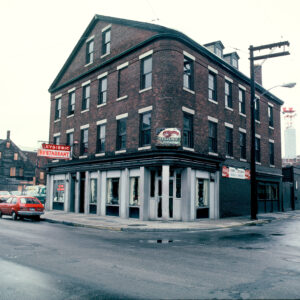
New London’s Hygienic Art Building
Located at the corner of Bank and Golden Streets, the Hygienic structure is an integral part of New London’s architectural history.
Read
Middletown’s Arrawanna Bridge
Throughout much of the 20th century, the Arrawanna Bridge played a key role in Middletown’s transportation network, carrying traffic from Berlin Street to Newfield Street.
Read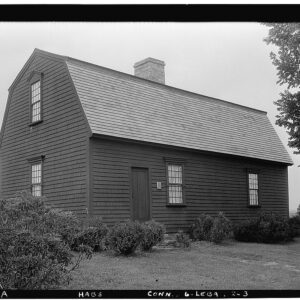
Jonathan Trumbull’s Lebanon War Office: The “Pentagon of the Revolution”
Jonathan Trumbull’s War Office in Lebanon functioned as headquarters for Connecticut’s Council of Safety from 1775 to 1783.
Read
Philip Johnson’s Glass House
Architect Philip Johnson’s Glass House in New Canaan, Connecticut is considered a masterwork of modern American architecture.
Read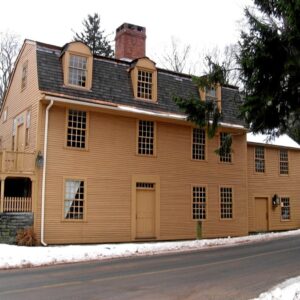
Thankful Arnold’s House
The Thankful Arnold House helps visitors explore the lives of women under the constraints of English Common Law during the early 19th century.
Read
The Henry Whitfield House
The Henry Whitfield House (home to the Henry Whitfield State Museum) is only Connecticut’s oldest house and the oldest stone house in New England.
Read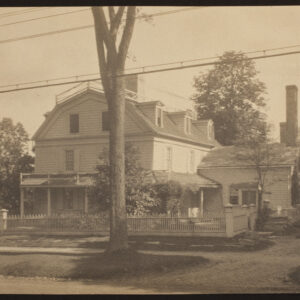
Ridgefield’s Keeler Tavern
Keeler’s tavern had only served travelers and locals before Ridgefield played host to the only inland battle fought in Connecticut during the Revolutionary War.
Read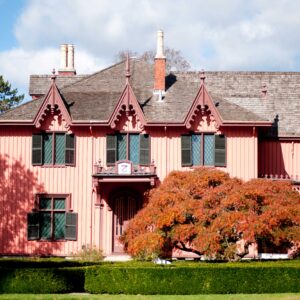
Woodstock’s Roseland Cottage
With its distinctive pink exterior, Roseland Cottage was built in 1846 in Woodstock and is an excellent example of Gothic Revival architecture.
Read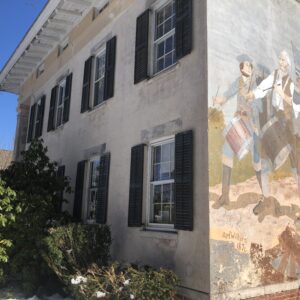
The Orrin Freeman House and the Spirit of ‘76
How did Higganum’s Orrin Freeman House end up with a large American Revolution-themed mural, the Spirit of ’76, on its side?
Read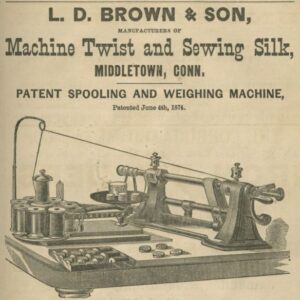
L.D. Brown and Son Silk Mill: A Staple in Middletown’s South Farms District
With established factories in Mansfield and Middletown, Lewis Dunham Brown and his son, Henry Lewis Brown, were pioneers in the US silk industry.
Read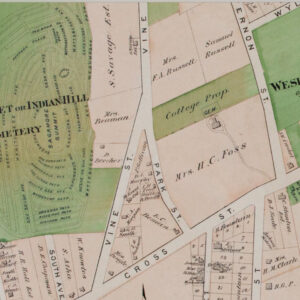
Middletown’s Beman Triangle: A Testament to Black Freedom and Resilience
One of the earliest and most politically active free Black neighborhoods in Connecticut emerged in Middletown in the late 1820s, the Beman Triangle.
Read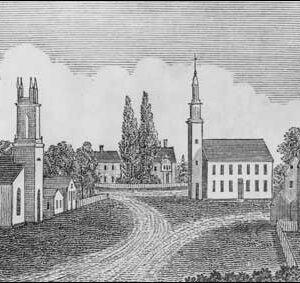
John Warner Barber’s Engravings Chronicle Connecticut History
John Warner Barber chronicled 19th-century Connecticut history through his historical writing and hundreds of engravings—many of which still exist today.
Read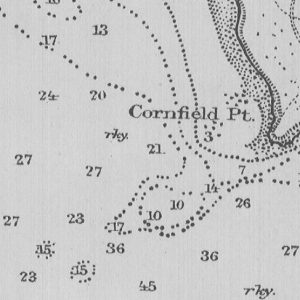
Cornfield Point: Old Saybrook’s Forgotten Scenic Alcove
Cornfield Point, a rocky scenic area bordering the Long Island Sound, is often overlooked but is significant in the state’s maritime and prohibition histories.
Read
The Amos Bull House and Sterling Opera House: The First Connecticut Listings on the National Register of Historic Places – Who Knew?
The Amos Bull House in Hartford and the Sterling Opera House in Derby are tied for Connecticut’s first listing on the National Register of Historic Places.
Read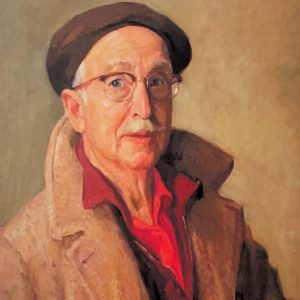
George Laurence Nelson: Artist of Kent’s Seven Hearths
In addition to his artistic pursuits, George Laurence Nelson lived in Kent, Connecticut, for over half a century and restored the historic Seven Hearths house.
Read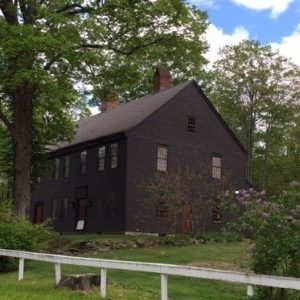
The Welcoming Warmth of Kent’s Seven Hearths
For over 272 years, Kent’s Seven Hearths has lived many lives—from trading post to school to artist’s home to historical society.
Read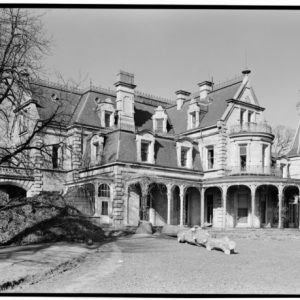
Lockwood-Mathews Mansion Captures the Gilded Age in Norwalk
The Lockwood-Mathews Mansion provides a glimpse into the opulence of the Gilded Age when railroad tycoons built summer homes along the New England shoreline.
Read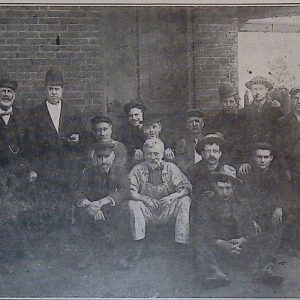
Southington Cutlery Company: From Silverware to Hardware
Initially known for table cutlery, the Southington Cutlery Company began operations in a two-story brick factory in downtown Southington in 1867.
Read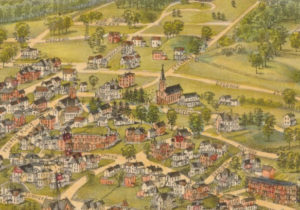
Joel T. Case and the Victorianization of Bristol’s Federal Hill
The Victorian designs of inventor and architect Joel T. Case make substantial contributions to the landscape of the Federal Hill area in Bristol.
Read
New London Harbor Lighthouse: Connecticut’s First Official Lighthouse
New London Harbor Lighthouse, originally opened in 1761 and rebuilt in 1801, is Connecticut’s oldest surviving and tallest lighthouse.
Read
Waste Not, Want Not: The Colonial Era Midden
From tools, dishes, and clothing to muskrat bones, household trash from 1700s reveals how Yankees of the era lived.
Read
The Art of Burying the Dead: Exploring Connecticut’s Historic Cemeteries
From winged death’s heads to weeping willows, gravestone carvings in Connecticut’s historic cemeteries reflect changing attitudes toward mourning and memorialization.
Read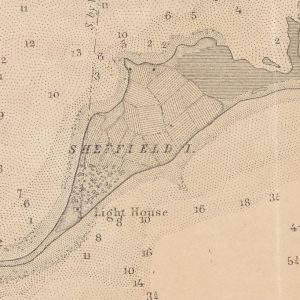
The “Welcoming Beacon” of Sheffield Island Lighthouse
Sheffield Island, is home to one of Connecticut’s historic lighthouses—a stone structure with a celebrated past dating back two hundred years.
Read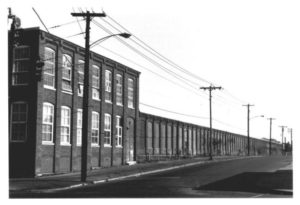
Elastic Web Expands Textile Manufacturing in West Haven
For the better part of a century, West Haven produced one of the more unique and innovative textile products in United States’ history.
Read
Map – Connecticut Landmarks of the Constitution
A map of some of the Connecticut Landmarks of the Constitution researched and published by the Connecticut Trust for Historic Preservation.
Read
The Ebenezer Avery House – Who Knew?
The Ebenezer Avery House in Groton once served as a hospital for the wounded after the Revolutionary War’s Battle of Groton Heights on September 6, 1781.
Read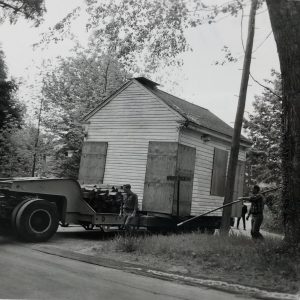
The Connecticut Houses that Ended Up in Massachusetts
Old Sturbridge Village moved numerous historical CT buildings, but evidence of their existence still lives on in historic maps, photographs, and memories.
Read
Lee’s Academy: An Icon of Education for 200 Years
For over two hundred years, Lee’s Academy has been a staple of education in Madison, Connecticut.
Read
Florence Griswold’s Home: A Story of Perseverance and Community
The Florence Griswold House, once a private residence, also served as a finishing school for girls in the 19th century and the center of the Lyme Art Colony.
Read
The Connecticut Town Green
Considered a quintessential feature of the New England landscape, town greens weren’t always the peaceful, park-like spaces we treasure today.
Read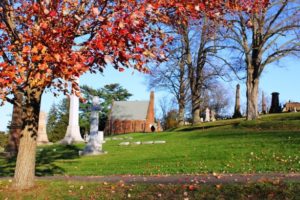
Indian Hill Cemetery and the Landscaping of Burial Grounds in the Mid-19th Century
The landscaping of Indian Hill Cemetery speaks to 19th-century reactions to industrialization and urbanization and the search for peaceful natural environments.
ReadWeaving the Cultural Fabric of Beacon Falls
The textile mills of the Naugatuck Valley brought tremendous change to towns like Beacon Falls.
Read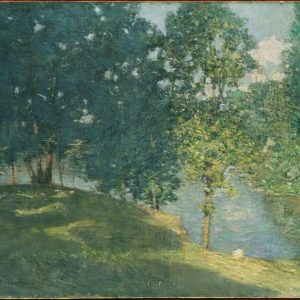
Julian Alden Weir: The “Heart” of American Impressionism
From Windham to Branchville, peaceful Connecticut locales provided Julian Alden Weir the inspiration to create hundreds of paintings and become one of America’s leading Impressionists.
Read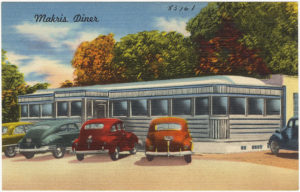
A Hip Road Trip
Known as “Gasoline Alley” during the 1950s, the Berlin Turnpike boasts a heady visual mix of neon, brand names, logos, and 1960s’ motel Modernism.
Read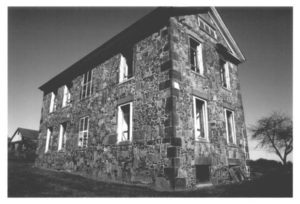
Restoring a Unique Piece of Bloomfield History
The Oliver Filley House in Bloomfield, Connecticut, is a two-story farmhouse designed in the Greek Revival style and built in 1834.
Read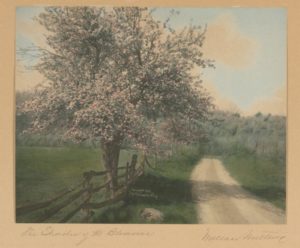
Past Perfect: Wallace Nutting Invents an Ideal Olde New England
In the early 1900s consumers bought photographs, furniture, and books from a former minister who sold the fantasy of simpler times as an antidote to modern life.
Read
The Bryan-Andrew House: Still Standing After All These Years
Believed to be the oldest house in Orange, the Bryan-Andrew House served as a home for a variety of local families for over 250 years.
Read
“Gentleman’s Farming” Comes to Waterford
Walnut Grove received a listing on the National Register of Historic Places for its contribution to furthering the understanding of nearly 200 years of history.
Read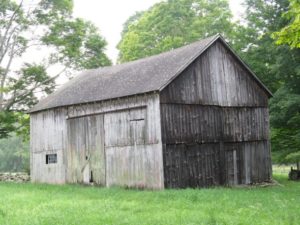
Barn Design in Connecticut
Most barns still on the Northeast landscape are New England-style barns from the 19th century and later.
Read
A History of Libraries Speaks Volumes About Southington
While it is not uncommon in the modern era for towns to appropriate funds for operating public libraries, the town of Southington has a unique history with its libraries.
Read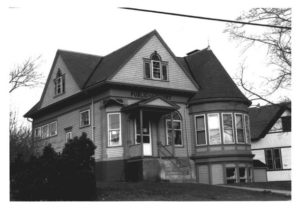
Aldrich Free Public Library: Dedicated to the Dissemination of Knowledge
Residents of the Moosup section of Plainfield organized a free public library “for the promotion and dissemination of useful knowledge” to its local citizenry.
Read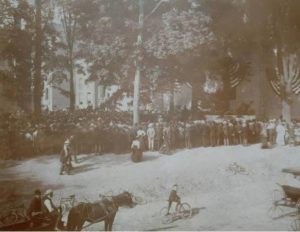
Emily Holcombe Pioneered to Preserve Connecticut’s Colonial Past
Emily Seymour Goodwin Holcombe was an activist and preservationist who took pride in the state’s history, particularly its colonial past.
Read
The Story Trail of Voices
Mohegan history and religion have been preserved by many different voices in many different families through Mohegan Oral Tradition. However, since before the American Revolution, four women in particular have passed on Mohegan stories.
Read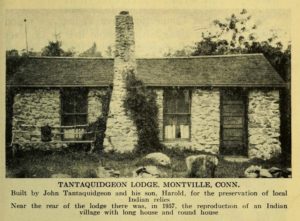
Medicine Woman Gladys Tantaquidgeon and Mohegan Cultural Renewal
Gladys Tantaquidgeon dedicated her life to perpetuating the beliefs and customs of her tribe and championed the protection of indigenous knowledge across the United States.
Read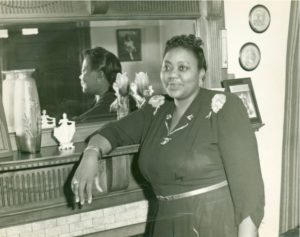
Marietta Canty House
Hartford’s Marietta Canty House is primarily significant for its association with actress Marietta Canty, who received critical acclaim for her performances in theater, radio, motion pictures, and television as well as for her political and social activities.
Read
Franklin’s Ashbel Woodward was a Battlefield Surgeon and Historian
Ashbel Woodward was a physician, historian, and farmer who spent most of his life serving the town of Franklin.
Read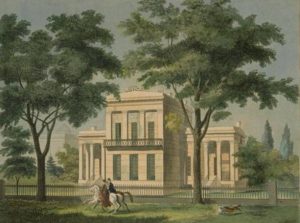
American Architect Ithiel Town Born – Today in History: October 3
On October 3, 1784, prominent American architect and engineer Ithiel Town was born in Thompson.
Read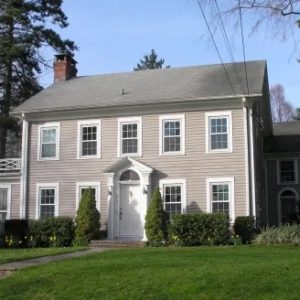
“Washburn Colonials”: Distinguished 1920s Homes Stand the Test of Time
Without formal training, Alice Washburn designed some of Connecticut’s most iconic Colonial Revival buildings of the early 20th century.
Read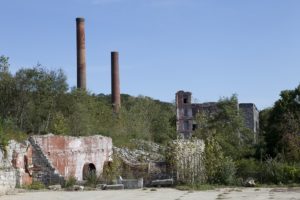
A Baltic Mill Helps Found a New Town
The Baltic Mill was once the largest cotton mill in the United States and led to the founding of the town of Sprague.
Read
Mohegan Sacred Sites: Moshup’s Rock
Every nation has a spirit. The Mohegan Spirit moves and breathes within the very rocks and trees of the Mohegan Homeland in Uncasville, Connecticut.
Read
The Seth Wetmore House: A Storied Structure of 18th Century Middletown
Seth Wetmore was a merchant, judge, and deputy to the General Court of Connecticut. His house is one of Middletown’s oldest homes and one of thirty-three in the city listed on the National Register of Historic Places.
Read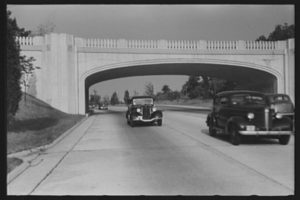
Merritt Parkway Creates Scenic Gateway to New England
This Depression-era road improvement project sought to artfully balance the natural and built environments.
Read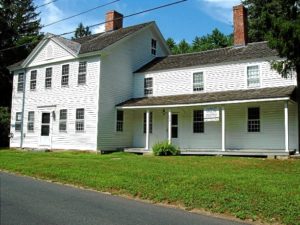
Providing Rest for the Weary in Barkhamsted
Built in the late 18th century, Squire’s Tavern represents over 100 years of adaptive reuse architecture.
Read
Modernism in Connecticut through Photographs
A creed as much as a style, Modernism rejected the forms of the past in favor of an architecture that reflected a new spirit of living.
Read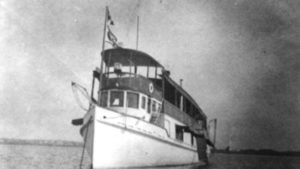
Aunt Polly and Its Preservation
Screen actor, director, and playwright William Gillette owned a houseboat he named Aunt Polly. He lived on the boat and entertained there while he awaited final construction of his Connecticut mansion in East Haddam.
Read
The Beckley Blast Furnace, East Canaan
The Beckley Blast Furnace, also known as East Canaan #2, is located in northwest corner of Connecticut on the Blackberry River.
Read
I-95 Reaches New London
The arrival of I-95 to New London brought tremendous change to the city’s infrastructure, as well as to its businesses and neighborhoods.
Read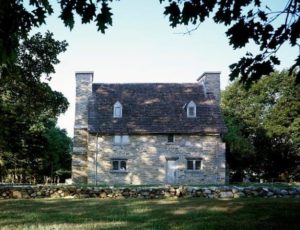
J. Frederick Kelly: Constructing Connecticut’s Architectural History
J. Frederick Kelly was both a well-known architect, preservationist, and architectural historian, whose works chronicled many of Connecticut’s historical properties.
Read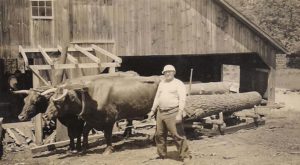
Chamberlin Mill: A Woodstock Survivor
West Woodstock’s Chamberlin Mill is a rare example of a water-powered circular saw mill converted to gasoline power.
Read
Holmes at Home: The Life of William Gillette
William Gillette was an American actor, playwright, and stage director most famous for his stage portrayal of Sherlock Holmes and for the stone castle he built in East Haddam.
Read
Mary and Eliza Freeman Houses
The Mary and Eliza Freeman houses are the only remnants of “Little Liberia,” a settlement of free African Americans in Bridgeport that began in 1831.
Read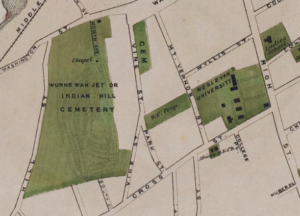
Indian Hill Cemetery and the Vernacular of the Times
Indian Hill Cemetery’s founders promoted their property as a place to find peace, both with the natural environment and with the area’s indigenous past.
Read
Torrington Recovers after the Flood of ‘55
In August of 1955, two hurricanes that moved through Connecticut caused a devastating flood of the Naugatuck River.
Read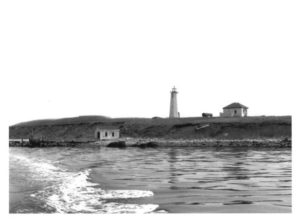
Improving Sea Transportation: Guilford Goes About it the Light Way
Approximately 3 ½ miles off the coast of Guilford lies the Faulkner’s Island Lighthouse.
Read
A Connecticut Home That Dates Back to the 1600s!
Dating back to the mid-17th century, the Thomas Lee House in East Lyme, Connecticut, is one of the oldest wood-frame houses in the state.
Read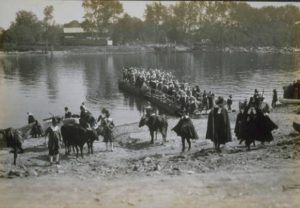
Colonial Revival Movement Sought Stability during Time of Change
The Colonial Revival was national in its scope, but as a state rich in historic resources, Connecticut became inextricably linked with the movement.
Read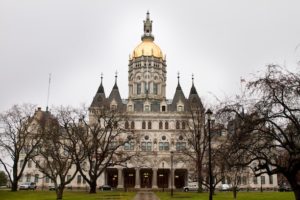
Connecticut’s Capitol Building – Inside and Out
The Connecticut State Capitol was built at a time when Civil War commemoration was gaining popularity.
Read
Metal Homes for the Atomic Age
Once touted as the house “America has been waiting for,” only a few post-WWII Lustron steel houses remain in Connecticut.
Read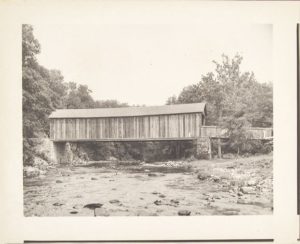
The Comstock Bridge Brings East Hampton Residents Together
Over the Salmon River, the Comstock Bridge served as part of the main road between Colchester and Middletown for much of its existence.
Read
The Soldiers and Sailors Memorial Arch, Hartford
Situated in Bushnell Park, the Soldiers and Sailors Memorial Arch honors the more than 4,000 Hartford men who fought for the Union during the Civil War.
Read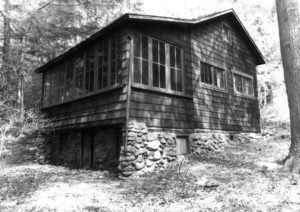
A Russian Village Retreat in Southbury
The unique blend of American and Russian architecture found in Churaevka, along with the important part the village played in defining early 20th-century Russian immigration, earned it a spot on the National Register of Historic Places in 1988.
Read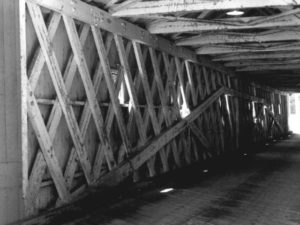
West Cornwall Covered Bridge: An Icon of New England Craftsmanship
The West Cornwall Covered Bridge is listed on the National Register of Historic places and has been a symbol of the area’s rural heritage for almost 150 years.
Read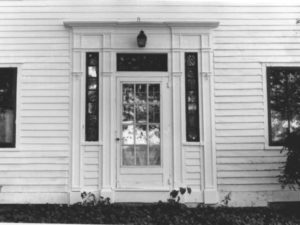
The Prospect Green as a Historical Narrative
In the southeast corner of the intersection of Routes 68 and 69 in Prospect lies the community’s historic town green.
Read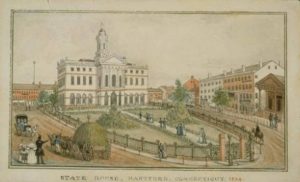
Where It All Happened: Connecticut’s Old State House
Connecticut’s Old State House is a memorial to many of the legislative advances made in Connecticut during the most formative years of the United States.
Read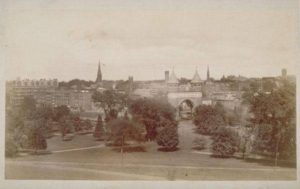
Land Purchase Becomes Bushnell Park – Today in History: January 5
On January 5, 1854, Hartford voters approved spending over $100,000 in public funds for land that would become a municipal park.
Read
The House That Hoadley Built
The Wheeler-Beecher House (Hoadley House) serves as an outstanding example of Colonial architecture and also of renowned architect David Hoadley’s work.
Read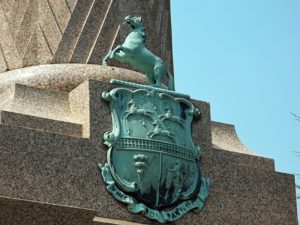
The Colt Memorial, Cedar Hill Cemetery
Commissioned by Samuel Colt’s wife, Elizabeth Jarvis Colt, and James G. Batterson designed the Colt memorial monument in Hartford’s Cedar Hill Cemetery.
Read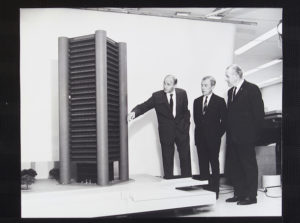
Richard Lee’s Urban Renewal in New Haven
Thanks largely to his efforts at Urban Renewal, New Haven’s Richard C. Lee became one of the most celebrated and well-known mayors of the 20th century.
Read
Wesleyan Hills Helps Redefine Suburbia
The design of the Wesleyan Hills community in Middletown, Connecticut, stands in stark contrast to the uninspiring, cookie-cutter suburbs of the Post-World War II era.
Read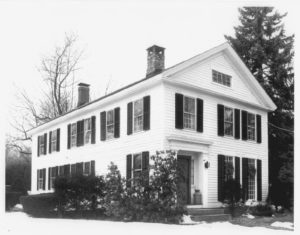
The Frost House Once Offered Travelers a Warm Welcome
The Levi B. Frost House (or the Asa Barnes Tavern) represents over two centuries of Southington history.
Read
A Better Home and Garden in Bethlehem
The Bellamy-Ferriday House is a three-story, white clapboard house located in the center of Bethlehem, Connecticut.
Read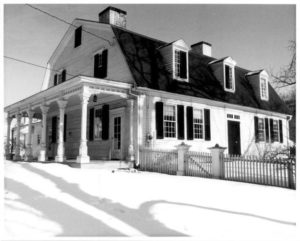
The Darlings Make Preservation a Family Affair
Thomas Darling was an 18th-century merchant, farmer, and politician and a member of the colonial elite.
Read
The Forlorn Soldier Statue
The Forlorn Soldier statue survived years of neglect, punishing weather, and efforts to tear it down.
Read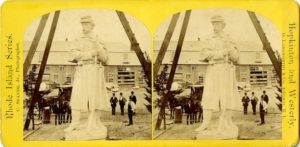
Pomp and Circumstance: Civil War Commemoration
The completion of the Forlorn Soldier did not meet with the pomp and circumstance of many other CIvil War commemorations, despite its media coverage and an overflowing sense of nationalism among the general public.
Read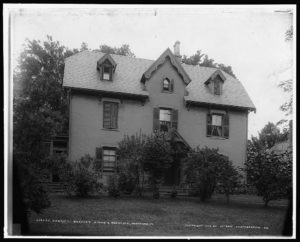
Hartford’s Nook Farm
This small enclave in the capital city’s west end became home to many of the 19th century’s most celebrated and creative personalities.
Read
From Frontier Town to Capital City: Collection Traces Hartford’s Transformation
How does a colonial town become a modern city? A unique collection, with documents dating to the 1630s, helps provide answers.
Read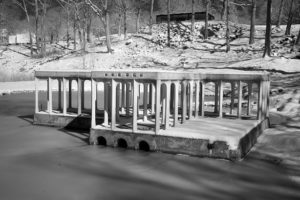
Philip Johnson in His Own Words
In 1985, this famed architect offered a candid take on his life and work, with the stipulation that it not be made public until after his death.
Read
Connecticut State Capitol
Still in use today, the State Capitol continues to be a crucial site of lawmaking, state business, protest, advocacy, and more.
Read
James G. Batterson, Stone Contractor
James G. Batterson was an artist, inventor, and businessman. He helped commemorate the Civil War through his proficiency with stone.
Read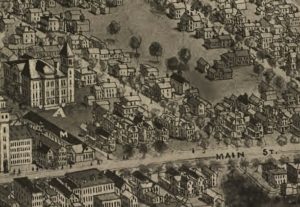
The Plainville Town Hall Catches Fire
Built in 1890, the three-story Plainville Town Hall quickly became the center of daily life in town.
Read
Warren Congregational Church, a Longstanding Community Center
An examination of the Warren Congregational Church not only tells us about the central role churches played in developing communities during this period in New England’s history.
Read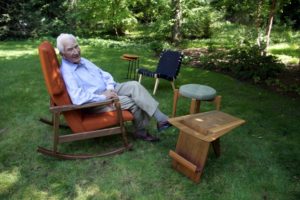
The Answer Is Risom!
How the Scandinavian design movement re-fashioned local industry in the mill town of Thompson during the 1960s and ’70s.
Read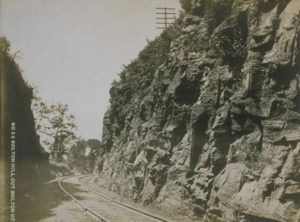
Rock-Solid Industry in 19th-Century Bolton
Driving along Route 44 in Bolton, motorists travel through a narrow passageway of rocks, caves, and woods known as the Bolton Notch.
Read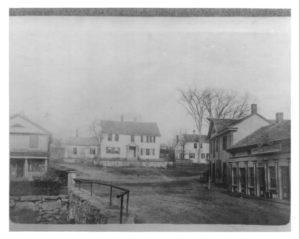
Stepping Back in Time: North Stonington Village Historic District
Listed on the National Register of Historic Places in 1983, the Stonington Village Historic District features buildings, canals, bridges, and machinery that recall life in a typical early 19th-century New England mill village.
Read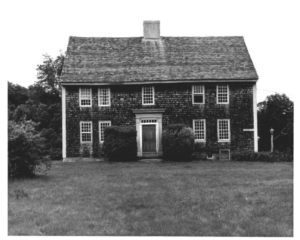
North Stonington’s Randall House, Nothing Ordinary about It
Fascinated by the colonial lifestyle and open-hearth cooking, Bill and Cindy purchased the John Randall House in North Stonington in 1986.
Read
Joshua Hempsted Born – Today in History: September 1
On September 1, 1678, Joshua Hempsted was born in New London, Connecticut.
Read
Preserving an All-American Downtown in Torrington
Torrington’s unique and historically significant buildings are the foundation on which local businesses and civic leaders built a revitalized economy.
ReadMore Articles




